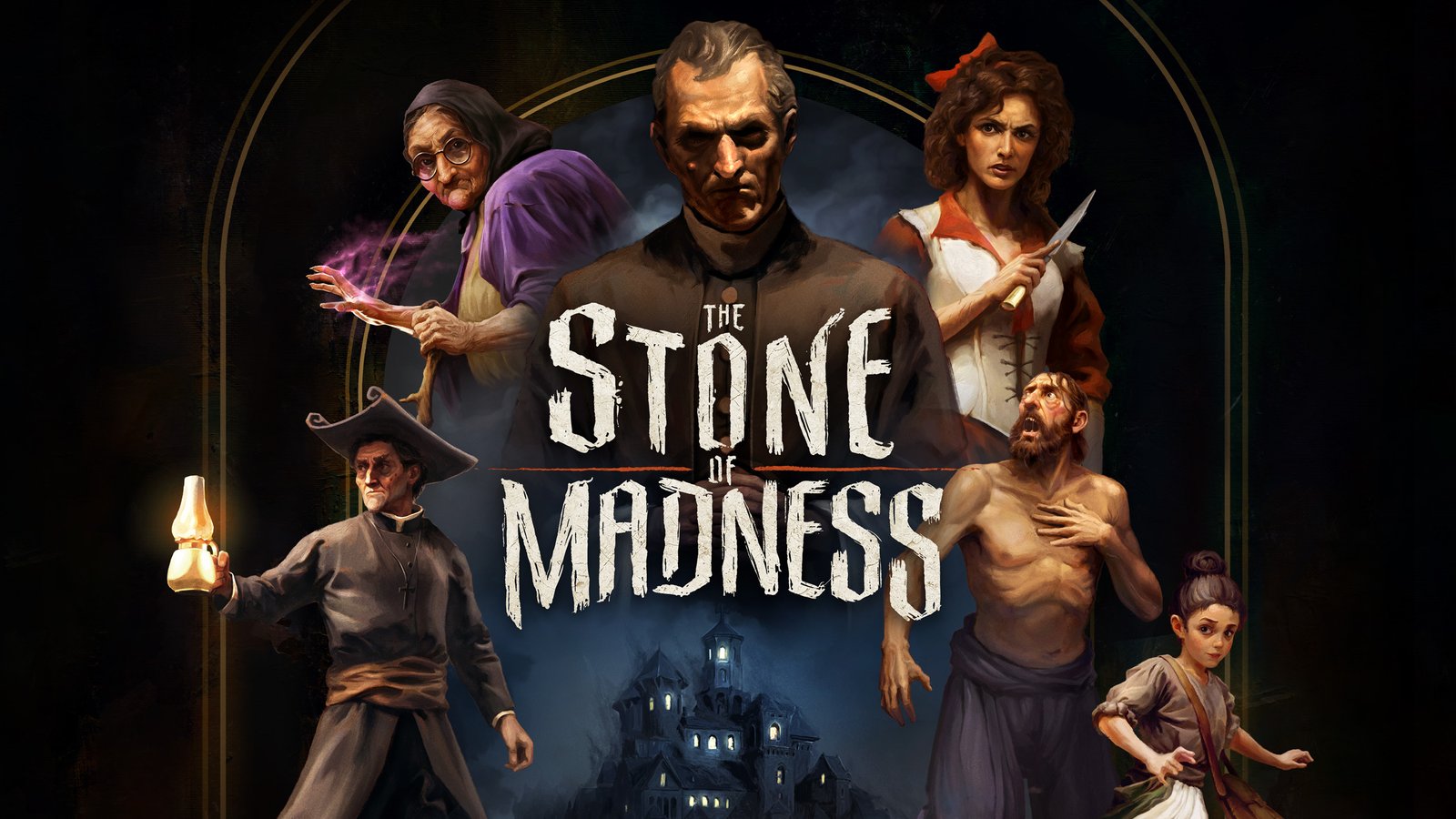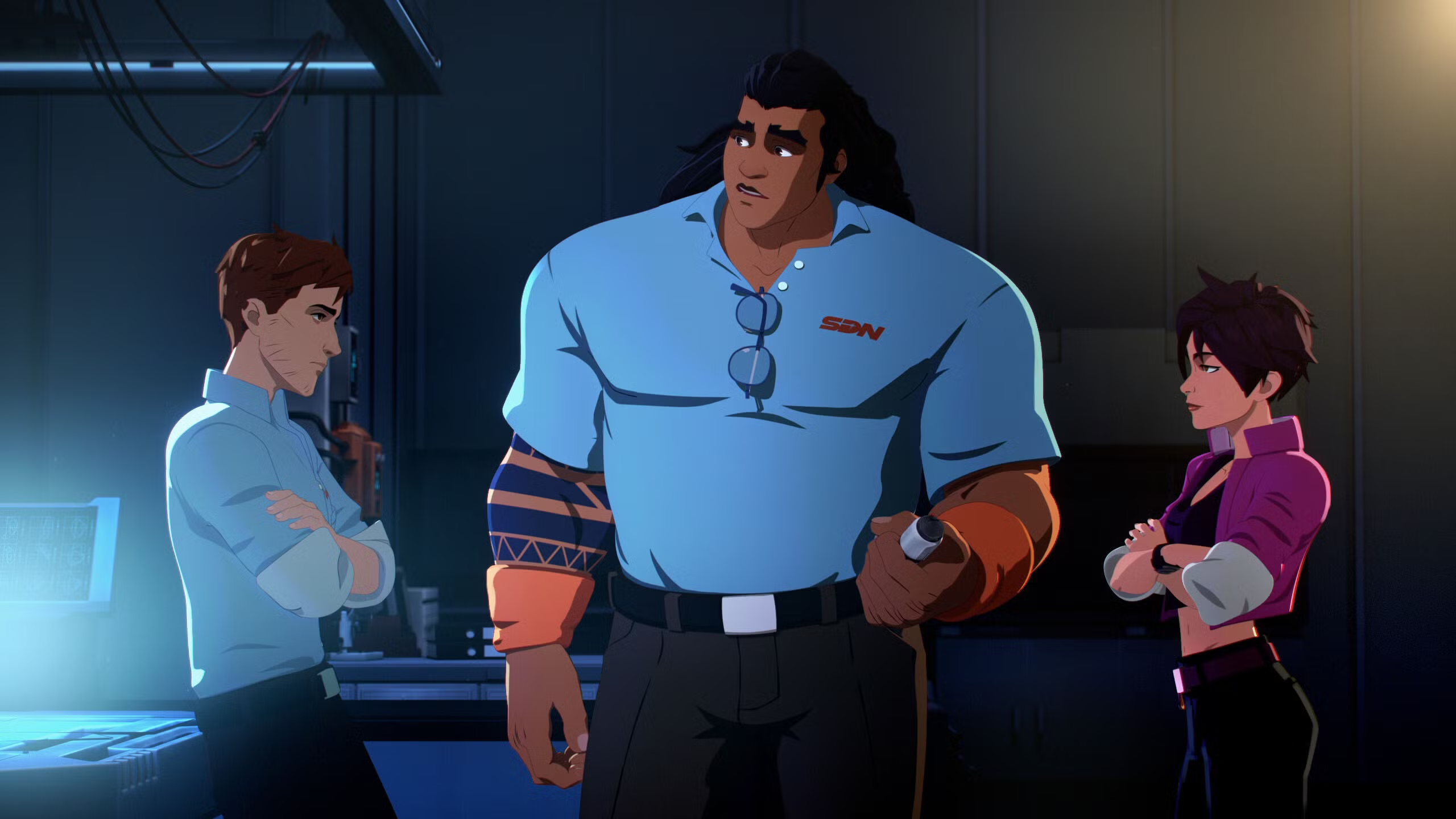The latest announcement from DC Comics has sent waves of excitement and intrigue across the fandom. Deathstroke, the anti-hero and assassin, is set to lead the “Self-Destruction Crew” in the final season of the Equity Association series. This marks the conclusion of a saga that has kept fans on the edge of their seats for years. But what does this new development mean for the DC Universe? Let’s dive into the details of this high-stakes narrative and explore the characters, themes, and conflicts that make this season one for the ages.
Who is Deathstroke?
Deathstroke, also known as Slade Wilson, is one of the most formidable characters in the DC Universe. A mercenary with enhanced strength, reflexes, and intelligence, Deathstroke is a strategic genius. His personal code of ethics is often questionable, and he’s notorious for his cold and calculating nature. Over the years, Deathstroke has become an iconic anti-hero, often straddling the line between villain and ally. His character development has made him a fan favorite, and his involvement in leading the Self-Destruction Crew is bound to add a layer of complexity to this already intense storyline.
The Self-Destruction Crew: A New Concept
The Self-Destruction Crew is unlike anything we’ve seen before in the DC Universe. The idea of a team focused on self-sabotage and internal conflict presents an intriguing twist on the traditional superhero ensemble. This new group, led by Deathstroke, is comprised of individuals with their own dark pasts and personal demons. The theme of self-destruction adds a psychological edge to the narrative, as each member of the team struggles with their own issues, whether it’s guilt, betrayal, or a desire for redemption.
Kill the Equity Association: What Does It Mean?
The phrase “Kill the Equity Association” speaks to a mission that is far from simple. The Equity Association has been a symbol of justice and order, and now, Deathstroke and his crew are tasked with taking it down. This isn’t just a physical battle; it’s a battle of ideals. The Equity Association represents the concept of fairness and equality, but the Self-Destruction Crew believes that these principles have become corrupted. The phrase suggests a complete overthrow, forcing the characters to confront the darker side of justice.
The Significance of the Last Declared Season
The final season of Equity Association marks a pivotal moment in the DC storyline. This season promises to tie up the various character arcs and storylines that have been developed over the years. The stakes have never been higher, and the sense of closure will be palpable as the season moves towards its climax. Fans are eagerly anticipating how their favorite characters will fare, with many hoping for a satisfying resolution to the long-running conflicts.
Deathstroke’s Leadership
Why is Deathstroke chosen to lead the Self-Destruction Crew? His leadership style is unorthodox, but undeniably effective. He’s a master tactician, capable of making difficult decisions and staying one step ahead of his enemies. However, his methods are often ruthless, and his morality is fluid. As leader of this team, Deathstroke faces the challenge of managing individuals with complex motivations and unstable personalities. His ability to control and inspire his team, despite their inner turmoil, will be a key factor in the success of their mission.
The Dynamics of the Team
The Self-Destruction Crew isn’t just a group of mercenaries; it’s a collection of flawed individuals with their own histories. The team members each bring something unique to the table, whether it’s combat expertise, intelligence, or sheer willpower. But with these strengths come weaknesses. Internal tensions are sure to bubble up, as characters struggle with their own personal demons. These dynamics will play a crucial role in the outcome of their mission and the broader narrative of the season.
The Impact on the DC Universe
The final season of Equity Association won’t just affect the characters within the series—it will have ripple effects across the entire DC Universe. The clash between Deathstroke’s crew and the ideals of the Equity Association could alter the balance of power, impacting other heroes and villains. The outcome of this conflict will likely have long-term consequences, reshaping the direction of future storylines and character arcs.
Deathstroke’s Motivations
What drives Deathstroke to take on this role? While he’s often depicted as a mercenary with little concern for morality, this mission could be different. His reasons for leading the Self-Destruction Crew might be rooted in personal vendettas, a desire for power, or perhaps a deeper quest for redemption. The motivations behind his actions will be explored throughout the season, adding layers of complexity to his character.
The Villains and Allies: Who’s Who in the Self-Destruction Crew?
The Self-Destruction Crew is made up of a diverse group of characters, some of whom are familiar faces from the DC Universe. These villains and anti-heroes each have their own agenda, making for an interesting mix of personalities. The crew’s dynamics will evolve as they face challenges both within the team and from external threats. Who will align with Deathstroke’s vision, and who will rebel?
Themes Explored in the Season
The final season delves deep into themes of justice, morality, and self-sacrifice. As the crew members confront their own internal struggles, they will also be forced to question the very foundations of their actions. The blurred lines between good and evil will be a central theme, challenging both the characters and the audience to reconsider what it means to be just.
The Action and Battles
Fans can expect intense action sequences throughout the season. Deathstroke’s expertise in combat will be on full display as he leads the team through various missions and confrontations. The battles will be strategic and thrilling, as the team faces off against powerful opponents and navigates the complexities of their mission.








Leave a Reply